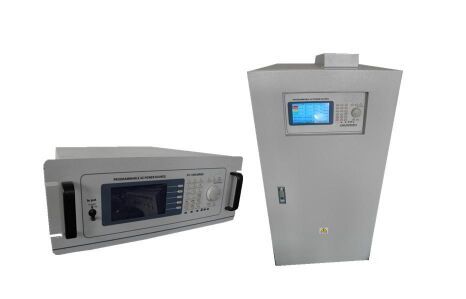Is it necessary to use an AC transfer switch for an off-grid inverter?
If an inverter/charger is used, there is an internal transfer switch that can choose between the output of the inverter and the input AC power(pure sine wave inverter: off-grid inverter).
Unless most inverters/chargers see acceptable AC power passing through, they will remain in "inverter" mode. After the inverter/charger receives the AC voltage, it will convert to the load to supply power and dump the excess power into the battery. After disconnecting this AC power source, the inverter will switch back to "inverter" mode and use battery power to run the load.

The next component in the design of an off-grid solar system will be the inverter. In almost all off-grid solar systems, inverters are battery-based inverters. The purpose of the inverter is to take the DC power stored in the battery pack and convert it into usable AC power, and then send it to your load for use in the same way as plugged into a home AC power outlet.
Inverters come in different sizes and can accommodate smaller loads or larger loads according to the off-grid load required. Another consideration is to ensure that the inverter can handle all loads running simultaneously in the system. When all the system loads present in the grid-connected system are added together, it will determine the maximum number that the inverter needs to be able to handle.
Some inverters/chargers accept two AC power sources and convert between any of them and the inverter's output. If your inverter/charger has only one AC input and you want to switch between two AC power sources (eg generator and shore/grid power), you may need an external transfer switch.
This is the case in most mobile/RV applications. Another situation is when your generator can provide more power than the inverter/charger cannot pass and you want to power some heavy loads. The inverter charger is limited by the rating of the internal transfer switch. If the inverter/charger is of the right size, this will not happen often.